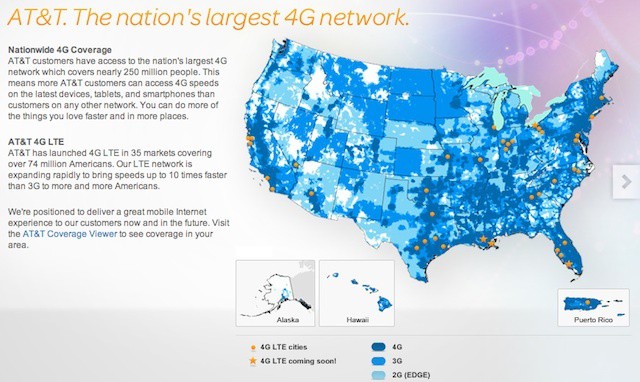As AT&T continues to roll out its LTE network across the country, some markets are getting markedly lower speeds for LTE iPads and other devices. In fact, two of the company’s largest markets are getting speeds below the national average for AT&T’s LTE service and below Verizon’s LTE service in those areas. Those two markets are Los Angeles and Chicago – but several other cities may be in for the same issues as AT&T expands its LTE service in the coming months

![The Kindle Fire Keeps Up With the iPad 2 When Web Browsing, Beats It Hands Down At Netflix Video Streaming [Video] iPad-2-vs-Kindle-Fire](https://www.cultofmac.com/wp-content/uploads/2011/11/Screen-Shot-2011-11-16-at-11.45.26.jpg)